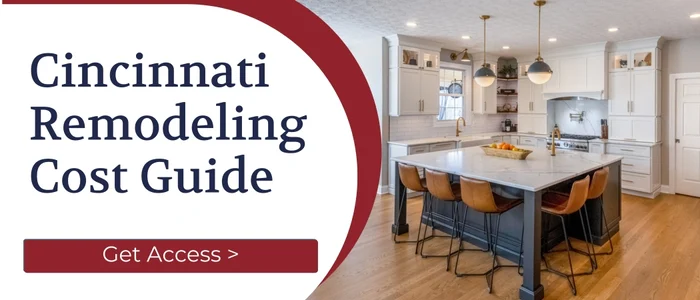What Is Design-Build?
Have you ever whispered a secret down a line of people, only to find the message at the end bears little resemblance to the original? Traditional construction methods can sometimes feel that way—with designers and builders often miscommunicating. Enter design-build: ensuring your renovation dream doesn't get lost in translation. In the ever-evolving world of construction and remodeling, few concepts have been as transformative as the design-build approach. With its roots deeply planted in the industry's drive for efficiency and seamless execution, design-build has rapidly gained traction. Its rise in popularity can be attributed to its clear advantages: a unified workflow, transparent communication, and the ability to streamline a project from inception to completion. Explore the specs on this innovative approach with Legacy Builders Group and discover how it stands out in the vast ocean of construction methodologies.
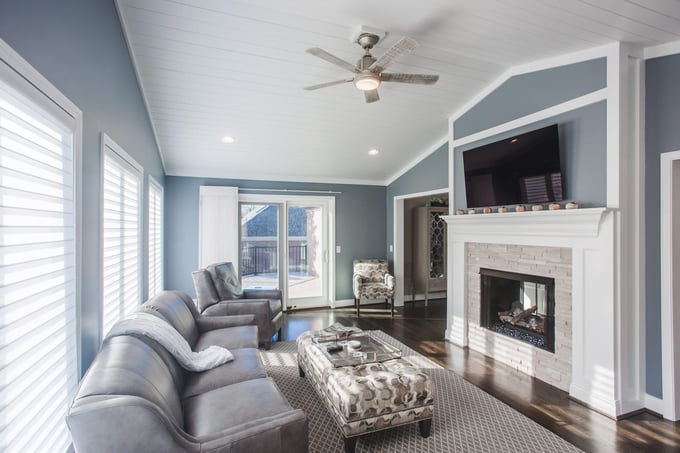
The Basics of Design-build
At its core, design-build is an integrated approach combining design and construction services under one contract and a single point of responsibility. Instead of homeowners juggling multiple contracts and communication channels for architects, contractors, and subcontractors, the design-build method simplifies it all.
History and Evolution
The concept of design-build is not as contemporary as it may initially seem. Historically, master builders, like the architects of ancient cathedrals and the pyramids, assumed responsibility for both design and construction. These monumental projects, which have withstood the test of time, embody the integrated approach design-build promotes.
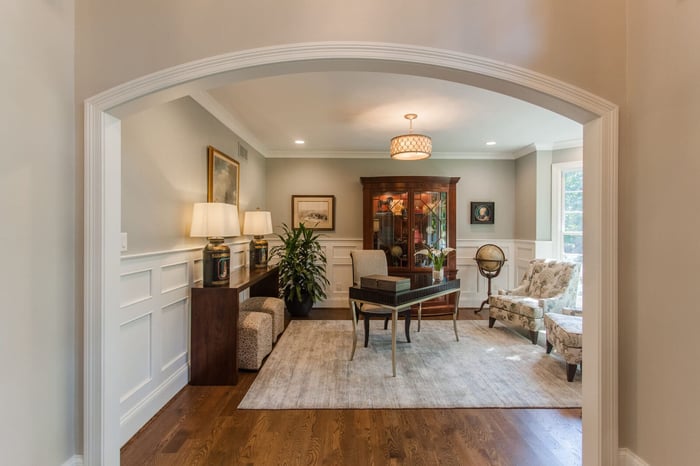
With the dawn of the Industrial Revolution and the increased complexity in projects, the roles of designer and builder began to separate. The 20th century saw a more fragmented construction process with multiple entities, leading to the more traditional Design-Bid-Build model. However, as the industry grappled with inefficiencies, communication breakdowns, and escalating project costs, the need for a more streamlined process became evident.
Enter the modern design-build approach, a renaissance of the age-old master builder concept tailored to today's complex construction environment. Over the past few decades, this methodology has grown in popularity, accounting for a significant percentage of today's construction projects. This resurgence is a testament to the industry's recognition of the value of cohesive collaboration, holistic planning, and integrated responsibility.
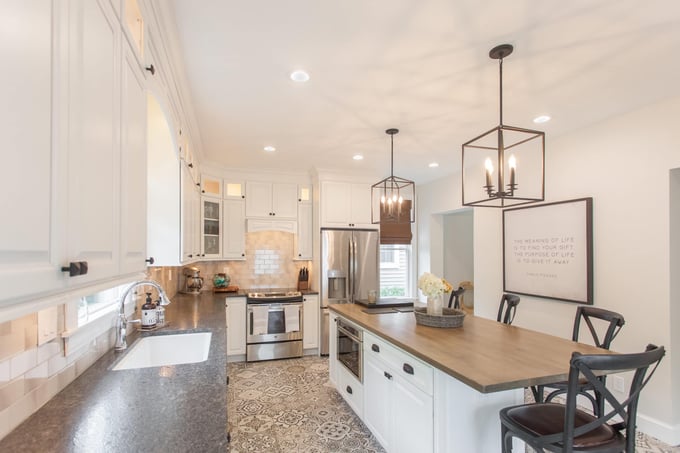
The Key Players in a Design-build Project
Understanding design-build necessitates understanding its key players and their interconnected roles:
- The Contractor: Often the project's linchpin, the contractor ensures that the design aligns with the practicalities of construction. They manage the hands-on aspects of the build, from sourcing materials to overseeing the work on site.
- The Designer/Architect: This player brings the client's vision to life. Their expertise ensures that the design is both aesthetically pleasing and functional, keeping in mind factors like structural integrity, energy efficiency, and user comfort.
- The Client: The homeowner or project initiator. In design-build, the client is more than just a passive observer. Their active involvement ensures that the result aligns closely with their vision and needs.
Benefits of Design-build
Embracing the design-build model offers a plethora of benefits that cater to both the project's practical and aesthetic needs:
- Single Source of Responsibility: Gone are the days of juggling multiple points of contact. With design-build, clients have one main contact who manages every facet of the project, from design inception to construction completion. This single point of responsibility minimizes confusion, ensures accountability, and provides clarity throughout the process.
- Efficient Communication: With a unified team working harmoniously, the lines of communication are streamlined. Any changes, challenges, or decisions are communicated and addressed promptly, preventing potential delays and misunderstandings.
- Cost and Time Savings: Integrated teams lead to integrated timelines. With design and construction professionals working together from the get-go, overlapping of project phases is possible. This parallel approach can significantly reduce the overall project duration. Moreover, the unified approach helps in cost estimation and efficient budget management, ensuring clients get the best value.
- Quality Assurance: A cohesive team means a cohesive outcome. The design-build model ensures consistent quality checks at every stage. With the designer and contractor working in tandem, design intricacies are promptly understood and executed accurately in the construction phase.
- Flexible and Adaptive: As the project progresses, changes are inevitable. The design-build method's inherent flexibility ensures that any modifications, whether client preferences or unforeseen site conditions are addressed efficiently without significant timeline disruptions.
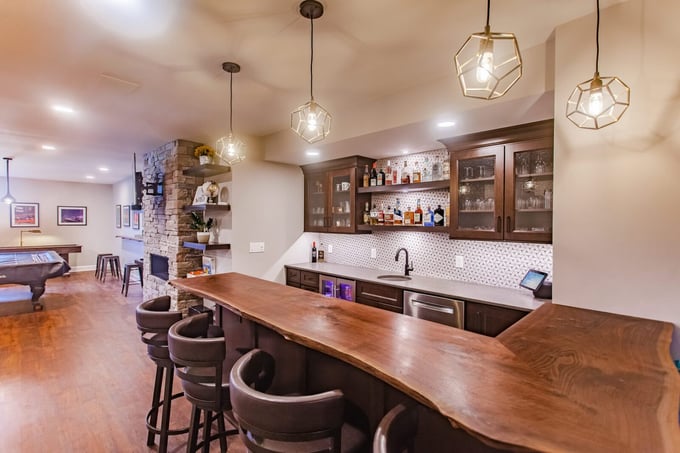
Common Misconceptions About Design-build
As with any innovative approach that disrupts traditional methods, design-build comes with its fair share of myths and misconceptions. Let's address and dispel some of the most common ones:
- It's More Expensive: Many believe that because design-build integrates multiple services, it must be pricier. In reality, the streamlined process often results in cost savings due to efficient communication, reduced mistakes, and overlapping project phases.
- Less Client Control: Some fear that the integrated approach means less input from the client. However, the opposite is true. With design-build, clients are engaged at every stage, ensuring that the final product aligns perfectly with their vision.
- Compromised Design Quality: A myth persists that focusing on both design and construction might dilute the design quality. Yet, the collaborative nature of design-build often results in innovative solutions and designs tailored to a client's specific needs.
- It's a New, Untested Approach: Though design-build has gained significant traction in recent years, it's not a new concept. It's a time-tested method that has been used for centuries, only becoming more refined and structured in modern times.
- One Size Fits All: A misconception is that design-build is a rigid process. In reality, it's incredibly adaptive, catering to each project's unique requirements, whether it's a small renovation or a large-scale construction.
The Design-build Process: The Legacy Way
When we talk about the design-build process, we're referring to a method that's uniquely crafted to ensure client satisfaction, and at Legacy Builders Group, we’ve honed this process to perfection, referring to it as "The Legacy Way."

Consultation
This is the foundational stage, setting the tone for the entire project. Here, we delve deep into understanding your aspirations, needs, and concerns. It’s a collaborative exchange where we visualize and strategize the best ways to bring your dream space to life.
Concept
Here, we transition from a broad vision to more tangible plans. Leveraging a blend of sketches, building plans, and other visual aids, we begin to crystallize the idea. It's also the stage where we provide a preliminary budget estimate, ensuring transparency from the outset.
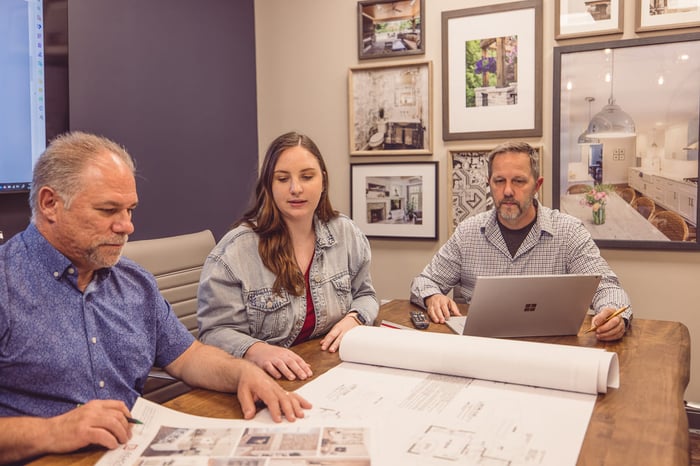
Design
This is where the magic truly starts to happen. Our expert design team meticulously crafts designs that are both functional and aesthetically pleasing. From material selection to fixtures, every detail is considered, ensuring your space is not just beautiful but also tailored to your lifestyle.
Construction
With all the groundwork in place, the construction phase sees your vision being transformed into reality. Beyond just building, this stage encompasses obtaining necessary permits, scheduling, and regular walkthroughs. It ensures that the project is on track, aligns with quality standards, and resonates with your expectations.
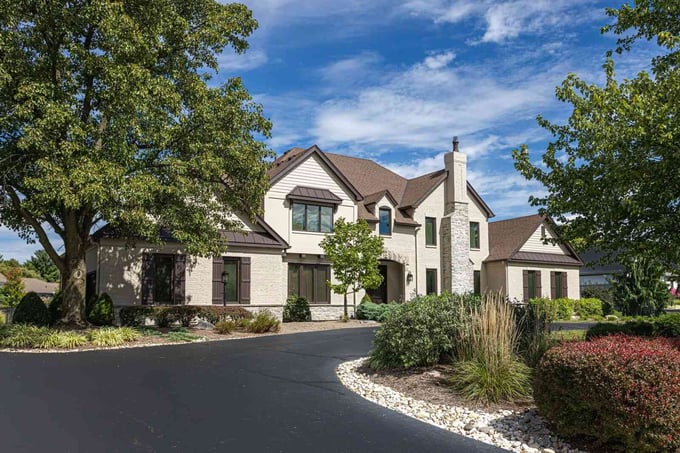
Are you looking to transform your space with an approach that's efficient, transparent, and centered on your vision? Dive into the world of design-build with Legacy Builders Group. We pride ourselves on merging innovation with tradition, ensuring that every project we undertake resonates with excellence and stands the test of time. Ready to embark on a remodeling journey that prioritizes your needs at every step? Contact Legacy Builders Group. Let’s craft your legacy together.

